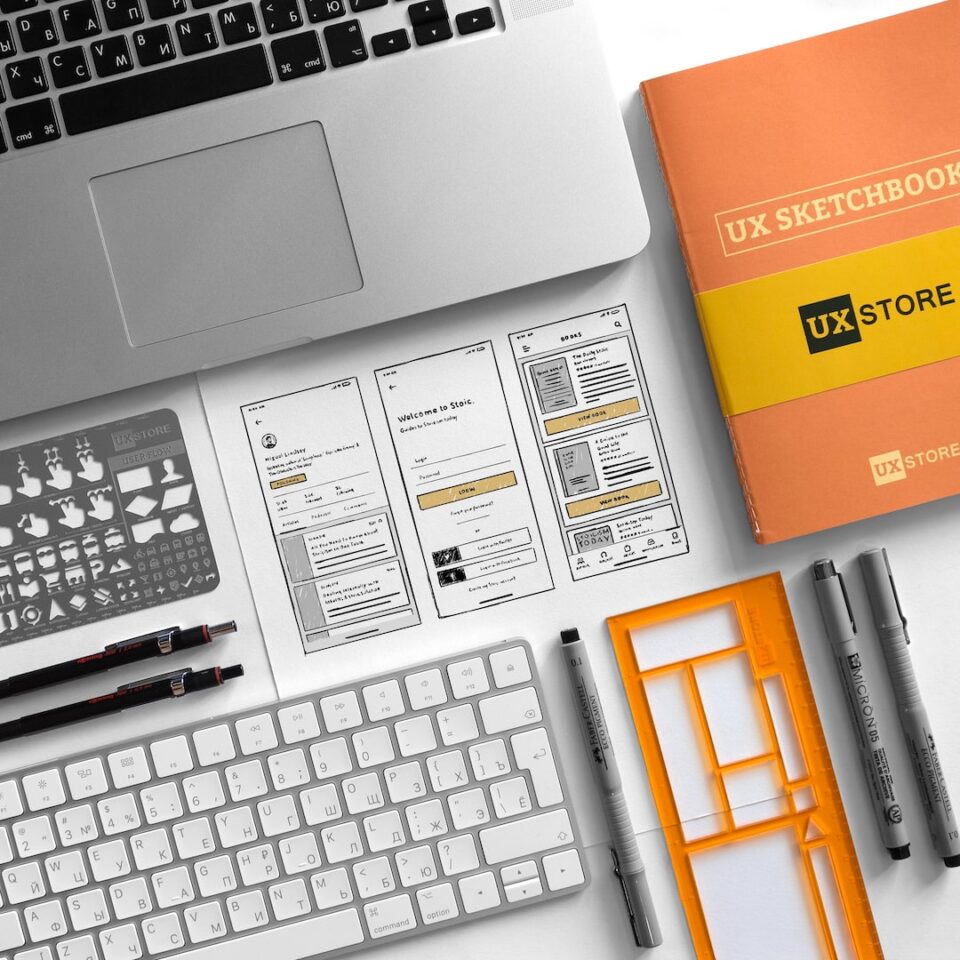The Power of Visual Storytelling in Design
In the world of design, the ability to tell a powerful story through visuals is a skill that sets apart the extraordinary from the average. Visual storytelling has the power to captivate, engage, and inspire, leaving a lasting impact on the audience. Whether it’s through graphic design, web design, or any other form of creative expression, the use of visuals can convey powerful messages and evoke emotions in ways that words alone cannot.
At its core, visual storytelling is about communicating a narrative or an idea through the use of captivating visuals. It taps into our innate ability to understand and process visual information, making it a highly effective tool for designers. By blending art and design, visuals have the potential to create a seamless and immersive experience for the viewers, enabling them to connect with the message on a deeper level.
One of the key reasons why visual storytelling is so powerful is its ability to engage the human brain. Studies have shown that our brains are wired to process visuals more easily and retain information longer when it is presented visually rather than through text alone. Visuals have the power to grab our attention, make a strong first impression, and leave a lasting impact. They can convey complex ideas in a simple and compelling manner, making it easier for the audience to understand and remember the message.
In the realm of design, visual storytelling is not limited to just aesthetics. It involves a deliberate and thoughtful process of selecting the right elements such as colors, typography, imagery, and composition to create a cohesive and impactful narrative. Each element plays a crucial role in conveying the intended message and evoking the desired emotions. For instance, a vibrant color palette can evoke feelings of energy and excitement, while a monochromatic scheme can convey a sense of minimalism and tranquility.
The power of visual storytelling is evident in various fields of design. In graphic design, for instance, visuals can be used to create striking and memorable brand identities that instantly convey the essence of a company or product. In web design, visuals can guide users through a website, enhancing the user experience and facilitating easy navigation. In product design, visuals can showcase the functionality and benefits of a product, making it more appealing and enticing to potential customers.
Moreover, visual storytelling is not limited to just commercial applications. It has the power to create social awareness and drive change. If used effectively, visuals can shed light on important social issues, raise awareness, and mobilize people into action. Think of iconic images like the “Hope” poster by Shepard Fairey or the “I Am a Man” protest signs during the Civil Rights Movement. These visuals have become symbols of powerful narratives, sparking conversations and driving meaningful change.
In conclusion, the power of visual storytelling in design cannot be underestimated. It has the ability to engage, inspire, and leave a lasting impact on the audience. By harnessing the potential of visuals, designers can create immersive and memorable experiences that effectively convey narratives, ideas, and messages. Whether it’s through graphic design, web design, or any other form of creative expression, the power of visual storytelling is an indispensable tool that every designer should embrace. So, let your imagination run wild and unleash the power of visuals in your next design endeavor.

